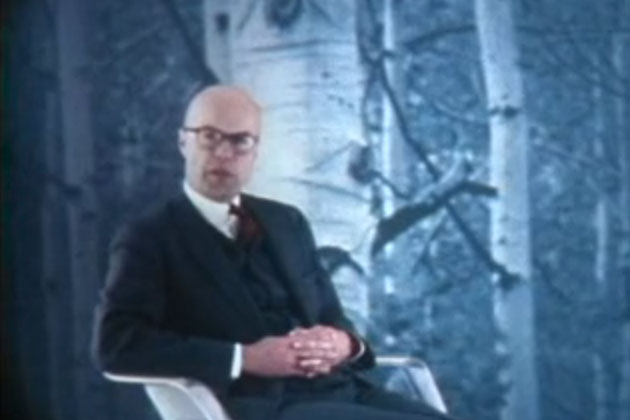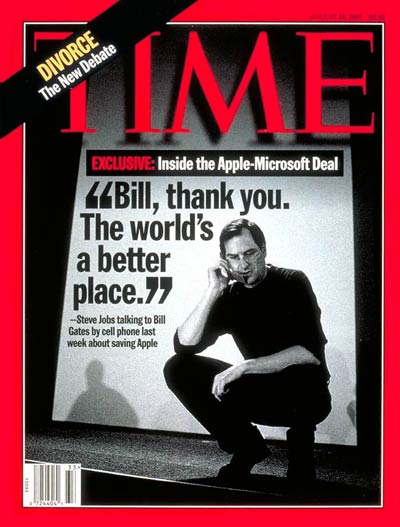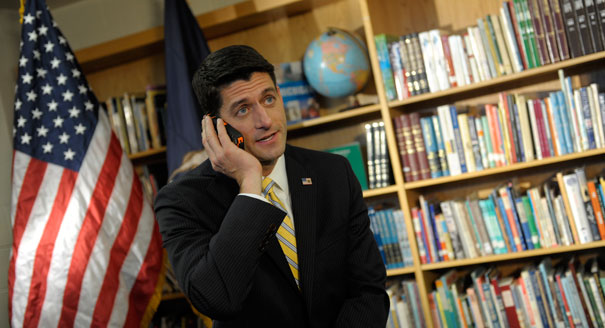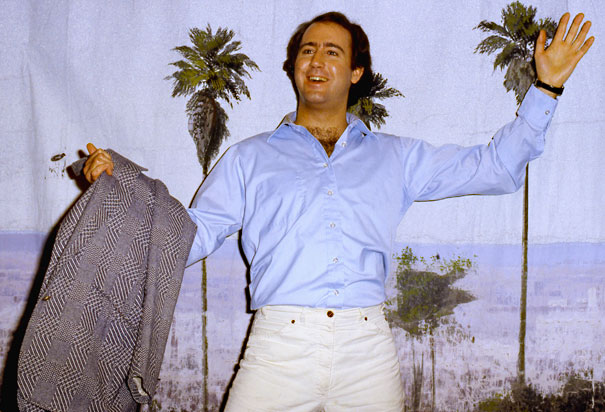
“A device now in preparation…will make thought actually visible to the eye.”
A scientist using brain scans to try to learn more about human capabilities and criminality? Sure. But in 1910? That was when Dr. Max Baff was projecting brain imaging onto movie screens in the hopes that thinking could be manifested and “read.” An excerpt from a September 4, 1910 New York Times article:
“‘It is possible to watch the processes of thought on the moving picture screen. By new apparatus which is being perfected the man of science will be able to suggest an idea to his patient, and then observe the infinitesimal changes of the brain issues which result upon thinking. ‘
So Dr. Max Baff, Fellow of Psychology at Clark University in Worcester, says. In addition to the announcement that German scientists in Munich have succeeded in getting motion pictures of the internal organs of the human body, Dr. Baff makes known a device now in preparation, by which the tiny brain cells may be magnified 5,000 times, will make thought actually visible to the eye.
Light will be thrown on the problems of crime by this new achievement, he believes. A man’s mental power may be measured to a nicety. The complete system of education may be jolted by the knowledge to come. And the mystery of the two great extremes in the mental scale, the brain of the genius and the brain of the fool, will be solved. …
By no means does Dr. Braff regard this discovery as a stride in the study of psychology. ‘Indeed no. Now we know nothing,’ he explained in his office last week, ‘and soon we will only begin to know.
‘It is as if a new continent had been discovered,’ he continued. ‘The exact place in the brain area where thought takes place is not yet known. By the moving pictures the riddle will be solved, I believe. Once we study the movement of the brain cells magnified 5,000 times and we will be able to gauge the capacity of a man’s mind, and whether or not he is fitted for the work he is doing.
‘By these means science will be able to discriminate between the fit and the unfit. We shall discover the criminal who commits the crime because he can not help it, and on the other hand we shall be able to detect the criminal who is feigning insanity, for brain storms, in that they are a definite mental phenomenon, may be photographed.
‘Even the activities of the so-called soul may be projected on the screen.'”

























